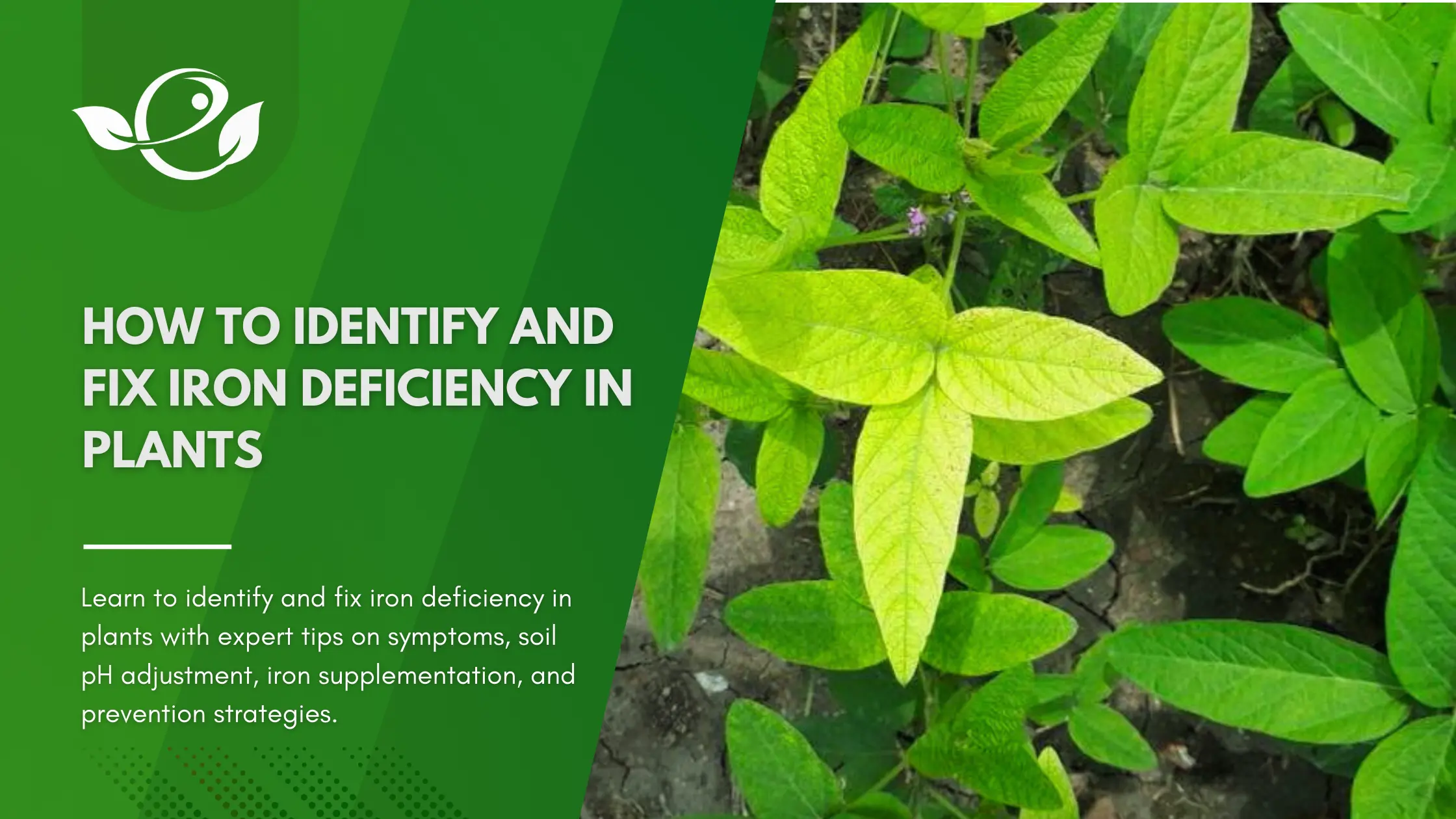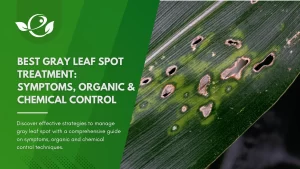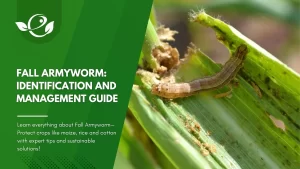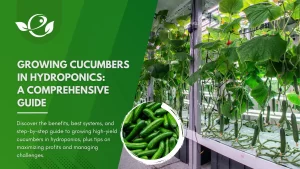Table of Contents
Healthy, vibrant plants are a gardener’s pride and joy, a living testament to the care and attention lavished upon them. But even the most experienced gardeners can encounter puzzling challenges that threaten their greenery. One such challenge is iron deficiency—a silent yet potent adversary that can slowly sap the life out of your plants. When leaves start turning yellow, growth becomes stunted, and flowers or fruits fail to thrive, the culprit is often hidden deep within the soil, or rather, what’s missing from it: iron.
Iron is a micronutrient, often overlooked, but crucial for plant health. It’s the cornerstone of chlorophyll production, the pigment responsible for that lush green color and essential for photosynthesis. Without enough iron, plants struggle to produce chlorophyll, leading to a condition known as chlorosis. This article will guide you through the intricate world of iron in plant biology, helping you recognize the signs of iron deficiency, understand its causes, and, most importantly, take the necessary steps to restore your plants to their full, flourishing potential.
As we delve deeper into the topic, you’ll discover how to diagnose iron deficiency accurately, explore the best methods for correcting it, and learn how to prevent it from recurring. Whether you’re a seasoned gardener or just starting out, this comprehensive guide will equip you with the knowledge and tools needed to ensure your plants remain healthy, vibrant, and resilient.
Understanding Iron’s Role in Plant Health
The Importance of Iron in Plants
Iron plays a pivotal role in the health and growth of plants. Despite being required in relatively small amounts, its impact on plant physiology is immense. Iron is a key component of several essential plant processes:
- Chlorophyll Production: Iron is critical for synthesizing chlorophyll, the green pigment that captures light energy for photosynthesis. Without adequate iron, chlorophyll production decreases, leading to the yellowing of leaves, a condition known as chlorosis.
- Enzyme Function: Iron is involved in various enzymatic reactions within plants, particularly those related to energy production and nitrogen fixation. It is a component of enzymes like cytochromes, which are vital for cellular respiration and energy transfer.
- Metabolism and Respiration: Iron is essential for the proper functioning of plant mitochondria, where it facilitates respiration—a process that converts sugars into energy. This energy is crucial for growth, nutrient absorption, and overall plant vitality.
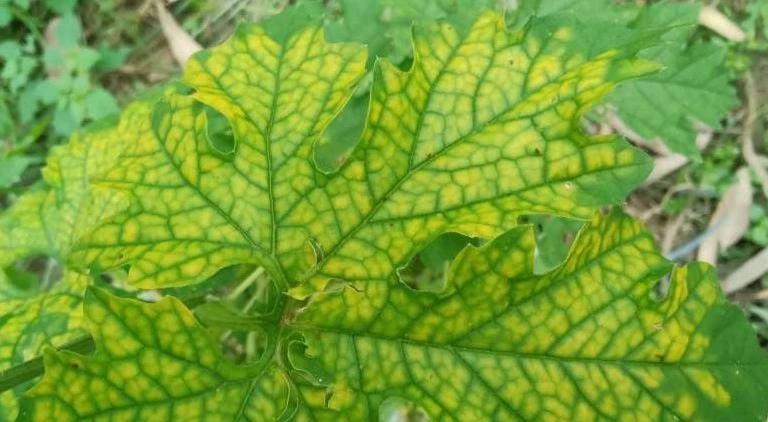
Common Causes of Iron Deficiency
Iron deficiency in plants can stem from various factors, often related to soil conditions and environmental factors. Understanding these causes is the first step toward preventing and addressing the issue.
- Soil pH Imbalance: One of the most common causes of iron deficiency is high soil pH (alkaline conditions). When the pH level exceeds 7.0, iron becomes less soluble and, therefore, less available for plant uptake. This is particularly problematic in calcareous soils, where limestone is prevalent.
- Poor Soil Aeration and Waterlogged Conditions: Compacted or poorly drained soils can lead to oxygen deficiency around the roots, hindering iron absorption. In waterlogged soils, iron may be present but in a form that plants cannot utilize.
- Competition with Other Minerals: Excessive levels of certain minerals, such as calcium or magnesium, can interfere with iron uptake. This is because these minerals can outcompete iron for absorption sites on the plant roots, leading to a deficiency even if iron is present in the soil.
- Low Organic Matter: Soils with low organic content often struggle to maintain adequate iron levels. Organic matter helps to chelate (bind) iron, making it more available for plant uptake. Without sufficient organic matter, iron may remain in forms that plants cannot easily access.
By understanding the role of iron and the factors that can lead to its deficiency, gardeners can take proactive steps to maintain healthy plants and avoid the detrimental effects of iron deficiency.
Identifying Iron Deficiency in Plants
Visual Symptoms of Iron Deficiency
Iron deficiency manifests in several distinct ways, primarily affecting the appearance and growth of plants. Recognizing these symptoms early can help prevent more severe damage.
Chlorosis
The most recognizable sign of iron deficiency is chlorosis, characterized by the yellowing of leaves. This yellowing typically starts on the younger leaves at the top of the plant, as iron is an immobile nutrient that cannot be easily transported from older to newer growth.
- Interveinal Chlorosis: This specific type of chlorosis occurs when the tissues between the leaf veins turn yellow, while the veins themselves remain green. This creates a striking contrast, making the deficiency easy to spot.
- Progressive Yellowing: As the deficiency worsens, the entire leaf may turn pale or even white, severely affecting the plant’s ability to photosynthesize and grow.
Stunted Growth
Iron-deficient plants often exhibit stunted growth. Since iron is crucial for energy production and metabolism, a lack of it can slow down the overall growth rate.
- Slower Growth: The plant’s development may be noticeably slower, with smaller leaves and shorter stems.
- Poor Root Development: Iron deficiency can also affect root growth, leading to a weaker and less extensive root system, which further exacerbates nutrient absorption issues.
Leaf Necrosis
In severe cases, the yellowed leaves may begin to develop brown spots or edges, a condition known as necrosis. This is a sign that the plant is under significant stress and is starting to lose vital tissue.
- Necrotic Spots: These dead areas can spread, eventually leading to the death of the entire leaf if the deficiency is not corrected.
Poor Fruit/Flower Development
Iron deficiency doesn’t just affect foliage; it can also impact the plant’s reproductive success.
- Decreased Flowering: Iron-deficient plants may produce fewer flowers, which can lead to reduced fruiting.
- Smaller Fruits/Flowers: The flowers and fruits that do develop may be smaller and less vibrant, affecting both the aesthetic and nutritional value of the plant.
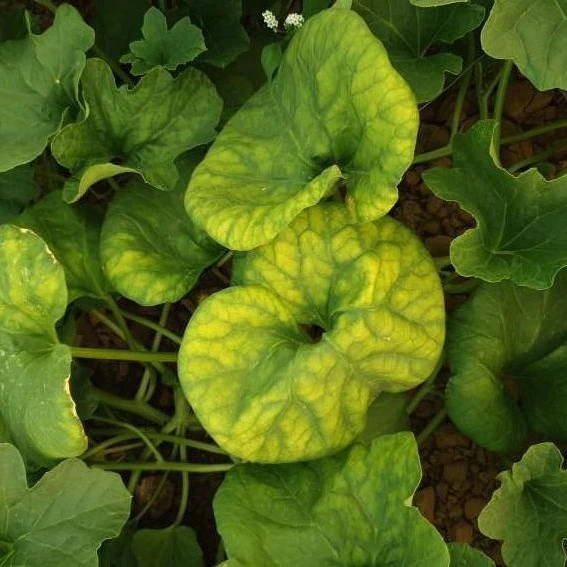
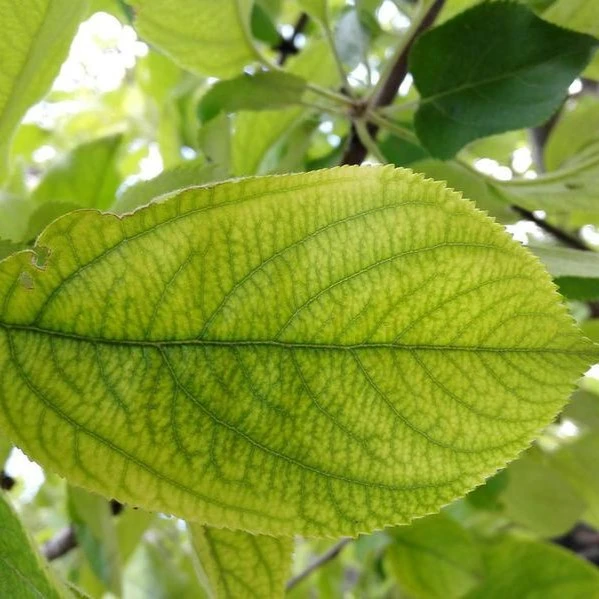
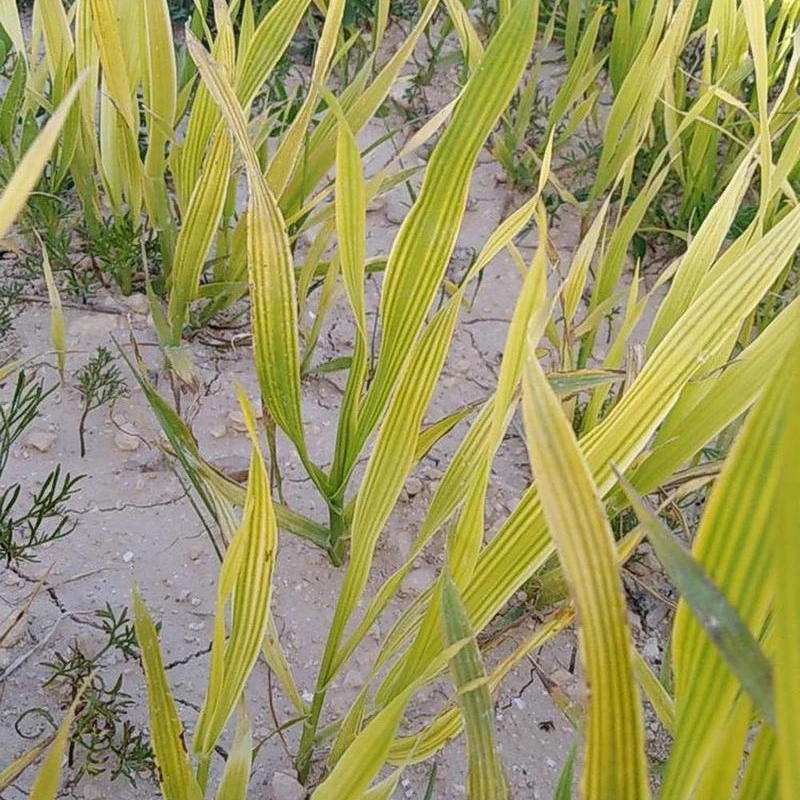
Diagnostic Tools
Visual symptoms provide the first clues to iron deficiency, but to confirm the diagnosis and understand the underlying causes, more precise diagnostic tools are necessary.
Soil Testing
Testing the soil is an essential step in diagnosing iron deficiency, as it provides information on soil pH and nutrient levels.
- pH Testing: Soil pH meters or test kits can be used to determine if the soil is too alkaline for optimal iron availability. A pH above 7.0 often indicates a higher likelihood of iron deficiency.
- Nutrient Analysis: Laboratory soil tests can measure the concentration of iron and other nutrients, helping to identify any imbalances that may be contributing to the deficiency.
Foliar Analysis
Leaf tissue testing can provide a direct assessment of the iron levels within the plant itself.
- Tissue Sampling: Samples of affected leaves can be sent to a lab for analysis, which will determine the nutrient content and confirm whether iron levels are deficient.
- Interpreting Results: Results from foliar analysis can guide targeted treatments, ensuring that any corrective actions address the specific needs of the plant.
Visual Guides
For those without access to advanced testing, comparing the symptoms of their plants with visual guides or charts can be a practical alternative.
- Symptom Comparison: Many gardening resources provide detailed images and descriptions of iron deficiency symptoms, allowing gardeners to match what they see with documented cases.
By accurately identifying iron deficiency through a combination of visual observation and diagnostic tools, gardeners can take the right steps to correct the issue before it becomes too severe.
Addressing Iron Deficiency
Soil pH Adjustment
One of the most effective ways to address iron deficiency is by adjusting the soil pH to ensure that iron is more readily available to the plant.
Lowering Soil pH
When dealing with alkaline soils, lowering the pH can significantly improve iron availability.
- Sulfur Applications: Elemental sulfur is a common amendment used to lower soil pH. When sulfur is applied to the soil, it is converted by soil bacteria into sulfuric acid, which helps to acidify the soil. The amount of sulfur needed depends on the current pH and soil type.
- Acidifying Fertilizers: Ammonium sulfate is another option for lowering soil pH. It provides both nitrogen and sulfur, making it a dual-purpose fertilizer that can improve soil acidity while supplying essential nutrients.
- Organic Matter: Incorporating organic matter such as compost or peat moss can also help to lower soil pH over time. Organic matter decomposes into humic acids, which can gradually acidify the soil and improve iron availability.
Regular Monitoring
After making adjustments to the soil pH, it’s important to regularly monitor the soil to ensure that the changes are having the desired effect.
- Frequent Testing: Conduct soil pH tests periodically to track changes and determine if further adjustments are necessary.
- Adjusting Treatments: Based on the test results, you may need to apply additional sulfur or other amendments to maintain the optimal pH range for iron availability.
Iron Supplementation
In cases where soil pH adjustment alone is not sufficient, direct supplementation with iron can be an effective way to correct the deficiency.
Foliar Sprays
One of the quickest ways to address iron deficiency is through the application of foliar sprays, which deliver iron directly to the leaves where it is needed most.
- Chelated Iron Sprays: Chelated iron is a form of iron that is bound to organic molecules, making it more easily absorbed by plant tissues. These sprays can provide a rapid response to iron deficiency, with visible improvement often seen within days.
- Application Tips: Apply foliar sprays in the early morning or late evening to avoid evaporation and maximize absorption. Be sure to cover both the upper and lower leaf surfaces for best results.
- Limitations: While foliar sprays are effective for quickly addressing symptoms, they do not provide a long-term solution to iron deficiency. Continued monitoring and additional soil treatments may be necessary.
Soil Applications
For a more sustained solution, iron can be added directly to the soil in various forms.
- Iron Chelates: These are organic compounds that bind iron, keeping it in a form that plants can absorb even in alkaline soils. Iron chelates are available in different formulations (e.g., EDTA, EDDHA), each suited to specific soil pH ranges. EDDHA chelates, for example, are effective in highly alkaline soils.
- Iron Sulfate: Another option is iron sulfate, which can be mixed into the soil or used as a soil drench. It not only provides iron but also helps to lower soil pH, improving overall iron availability.
- Application Guidelines: Follow the manufacturer’s recommendations for application rates and frequency. It’s important not to overapply iron, as this can lead to toxicity or imbalances with other nutrients.
Organic Iron Sources
For those who prefer organic gardening methods, there are several natural sources of iron that can be used to address deficiency.
Smallholders may use a leaf fertilizer made of nettle slag and algae extract. Application of animal manure, peat and composts also add iron to the soil. Plant dandelions in the proximity of your crops, since they make iron available to nearby crops, especially trees.
- Blood Meal: This is a high-nitrogen fertilizer made from dried animal blood, and it is rich in iron. Blood meal can be mixed into the soil to provide a slow-release source of iron, as well as boost nitrogen levels.
- Fish Emulsion: Another organic option is fish emulsion, a liquid fertilizer made from fish byproducts. It is not only a good source of iron but also provides a range of other nutrients beneficial to plant health.
- Compost and Mulch: Incorporating well-composted organic matter into the soil can help improve iron availability over time. Mulching with organic materials like leaf mold or wood chips can also help maintain soil moisture and improve overall soil health, which can enhance iron uptake.
Improving Soil Conditions
Beyond directly addressing iron levels, improving the overall soil environment can help prevent iron deficiency and promote healthier plant growth.
Enhancing Soil Aeration
Good soil aeration is crucial for healthy root function and nutrient uptake, including iron.
- Avoid Overwatering: Overwatering can lead to waterlogged soils, which suffocate roots and reduce iron absorption. Ensure that your plants are getting the right amount of water, allowing the soil to dry out between waterings if necessary.
- Improve Drainage: In heavy clay soils or areas with poor drainage, consider using raised beds or incorporating materials like sand or perlite to improve soil structure and aeration.
- Regular Cultivation: Lightly cultivating the soil around your plants can help to prevent compaction and improve air exchange around the roots.
Increasing Organic Matter
Adding organic matter to the soil not only improves its structure but also enhances nutrient availability, including iron.
- Compost: Regularly adding compost to your soil increases its organic content, which in turn improves its ability to hold and release nutrients. Compost also supports beneficial soil microorganisms that help to make iron more available to plants.
- Manure: Well-rotted manure is another excellent source of organic matter. It enriches the soil with nutrients and improves its physical properties, such as drainage and aeration.
- Cover Crops: Growing cover crops, such as clover or rye, during the off-season can help to build up organic matter in the soil. These plants are turned back into the soil as green manure, boosting organic content and overall fertility.
Preventing Iron Deficiency in the Future
Regular Soil Testing and Monitoring
Preventing iron deficiency starts with regular soil testing and monitoring, which helps to detect potential problems before they become severe.
- Annual Testing: Conduct soil tests at least once a year to monitor pH and nutrient levels. This allows you to make informed decisions about any necessary amendments before the growing season begins.
- Interpreting Results: Understanding your soil test results is key to making the right adjustments. If your pH is trending toward the alkaline side, consider preemptive measures to lower it and improve iron availability.
Choosing Iron-Efficient Plant Varieties
Some plants are better equipped to thrive in soils with low iron availability. Selecting iron-efficient varieties can help prevent deficiency problems.
- Tolerant Species: Certain plant species, such as blueberries, azaleas, and rhododendrons, are more tolerant of acidic soils and require less iron. These are good choices for areas with naturally acidic soil.
- Resistant Cultivars: Within specific plant species, there are cultivars that have been bred for their ability to thrive in low-iron conditions. These can be particularly useful in areas with challenging soil conditions.
Sustainable Soil Management Practices
Adopting sustainable soil management practices helps to maintain a healthy, balanced soil ecosystem, reducing the risk of iron deficiency and other nutrient imbalances.
Crop Rotation
Rotating crops from year to year helps to prevent nutrient depletion and maintain soil fertility.
- Diverse Planting: Different plants have varying nutrient requirements, and rotating them helps to ensure that no single nutrient is excessively depleted. This practice can help maintain balanced iron levels over time.
Cover Cropping
Growing cover crops during the off-season can protect and enrich the soil.
- Nutrient Cycling: Cover crops like legumes fix nitrogen in the soil, while others add organic matter. Both contribute to a healthier soil environment that supports better iron availability.
No-Till or Low-Till Practices
Minimizing soil disturbance helps to preserve soil structure and maintain the natural processes that support nutrient cycling.
- Preserving Microbial Life: Soil microbes play a crucial role in nutrient availability, including iron. Reducing tillage helps to maintain a healthy microbial population, which in turn supports better plant growth.
Conclusion
Iron deficiency in plants is a common but manageable problem that can have significant impacts on plant health and productivity. By understanding the role of iron, recognizing the signs of deficiency, and taking appropriate corrective measures, you can ensure that your plants remain healthy and vibrant.
Regular monitoring and proactive management are key to preventing iron deficiency in the future. By maintaining balanced soil conditions, choosing the right plant varieties, and adopting sustainable gardening practices, you can create an environment where your plants can thrive.
As you continue to cultivate your garden, remember that the small details—like maintaining adequate iron levels—make all the difference in achieving lush, healthy growth. By staying vigilant and informed, you can keep your plants in top condition, ensuring a beautiful and productive garden year after year.
